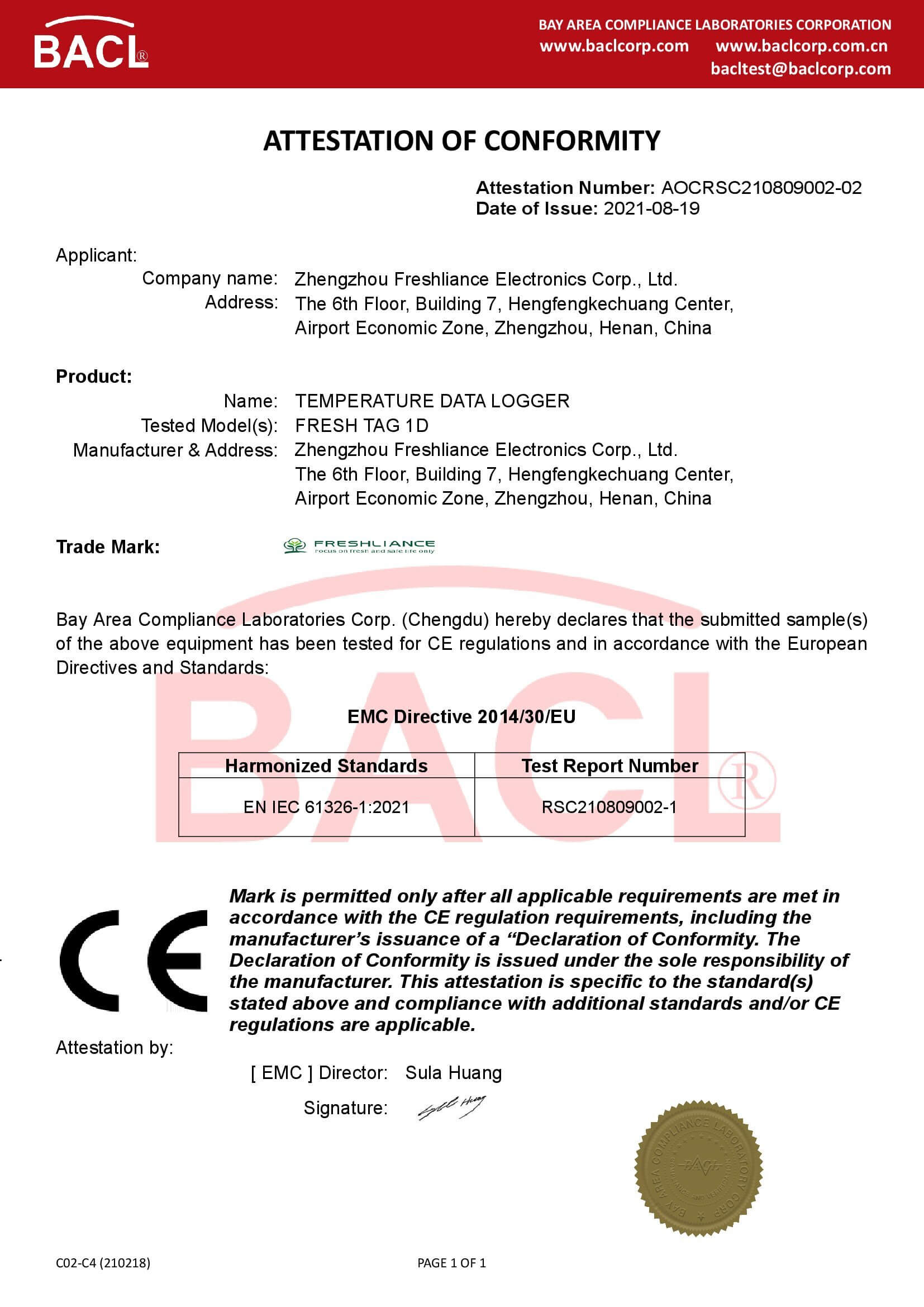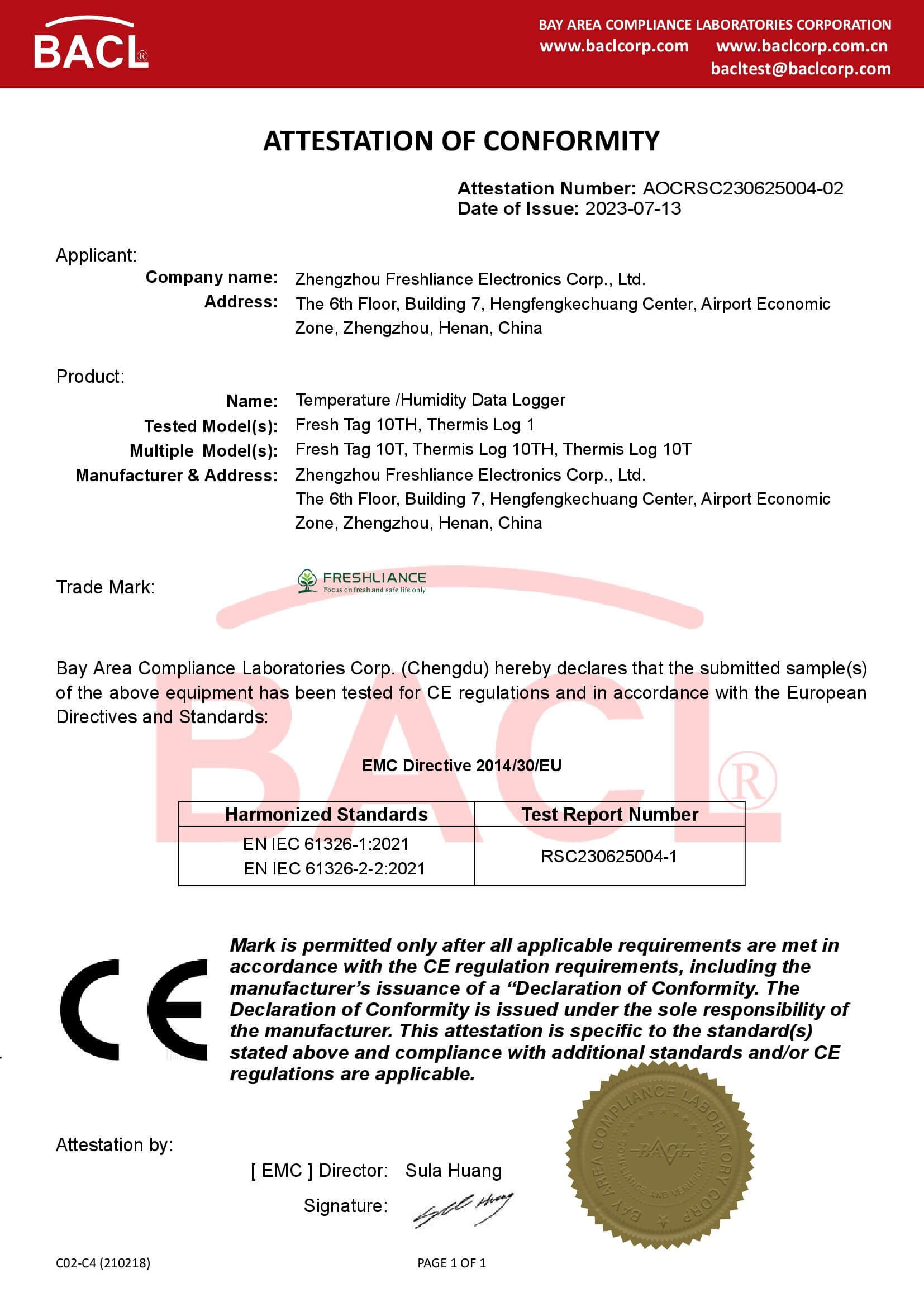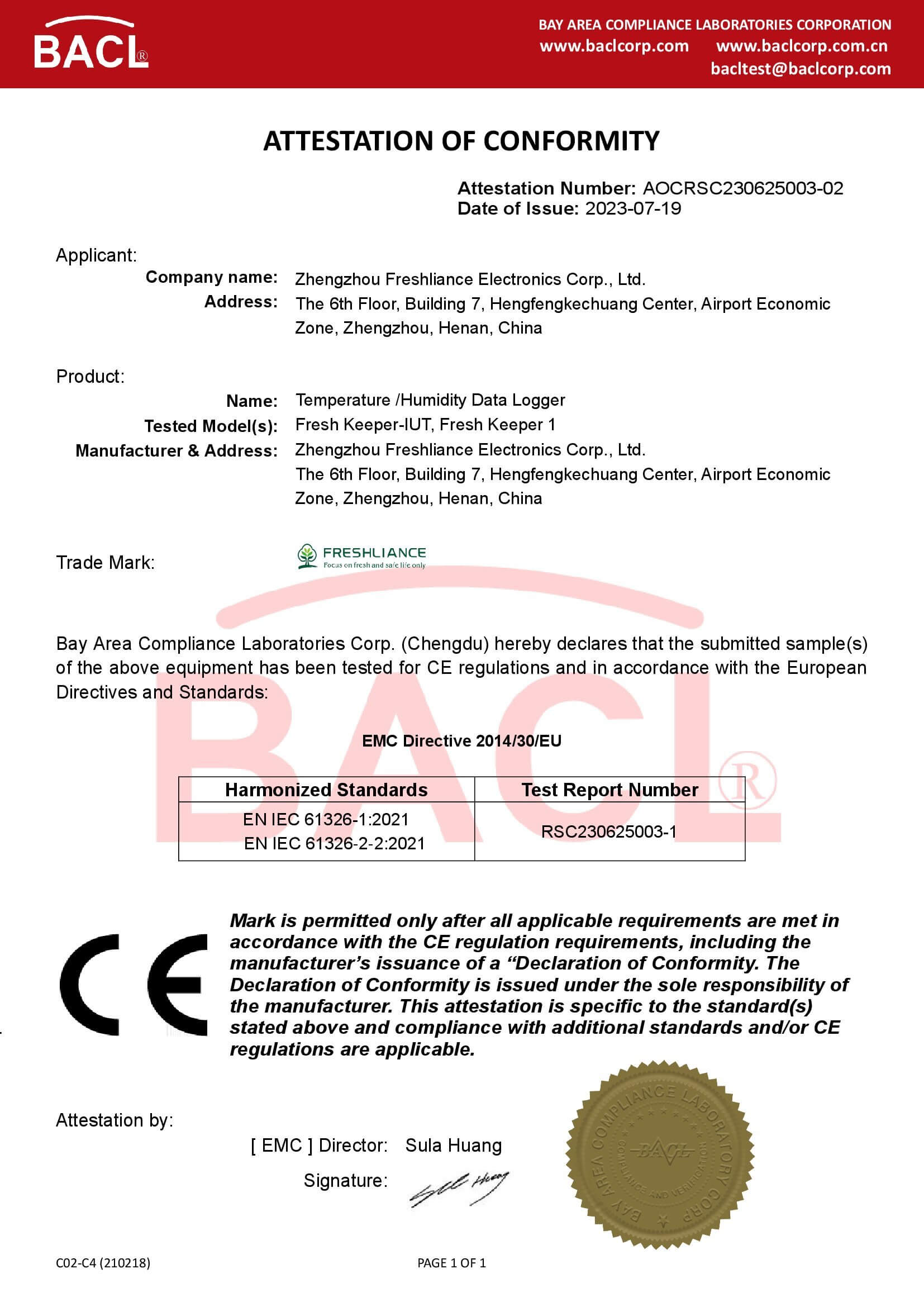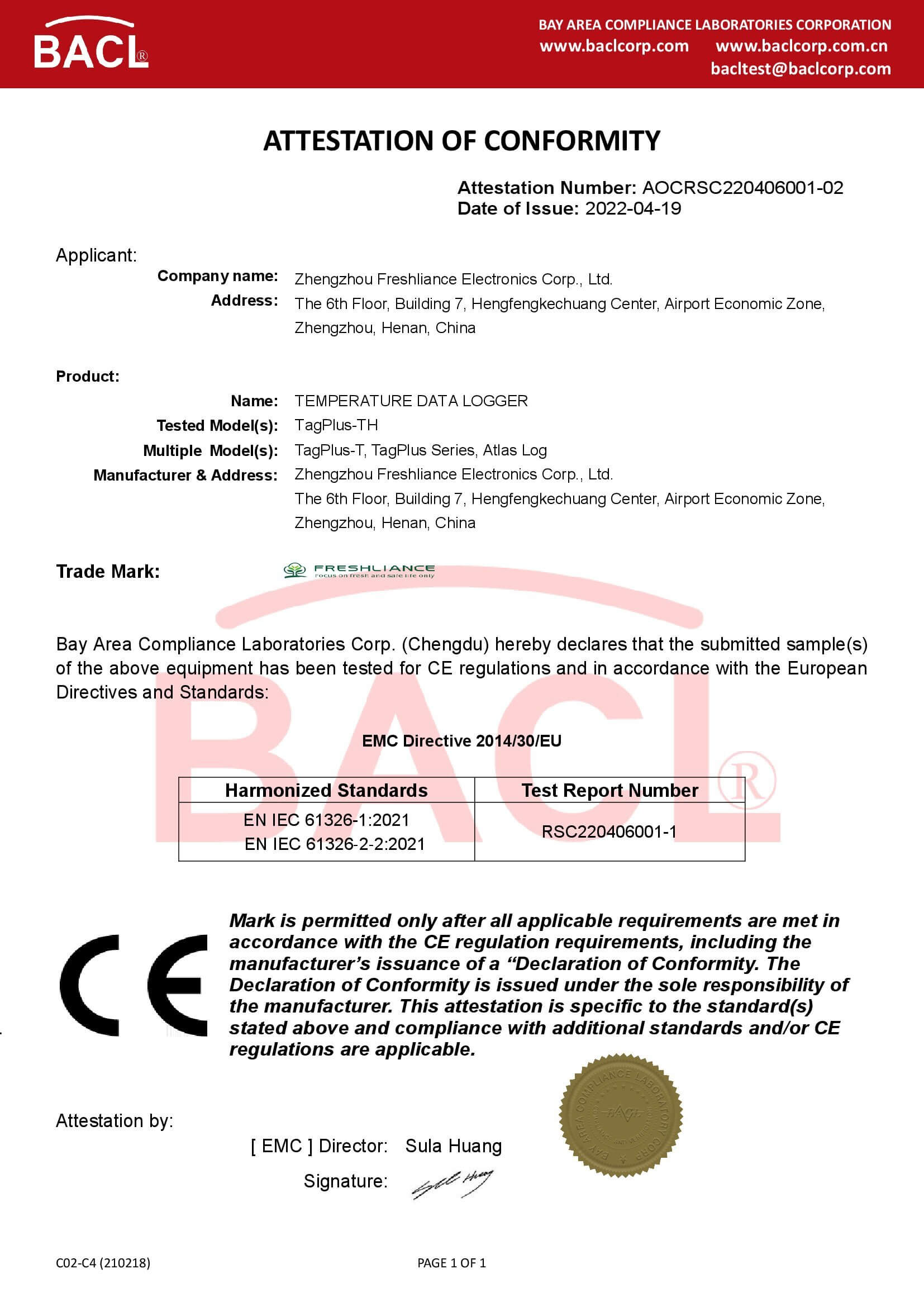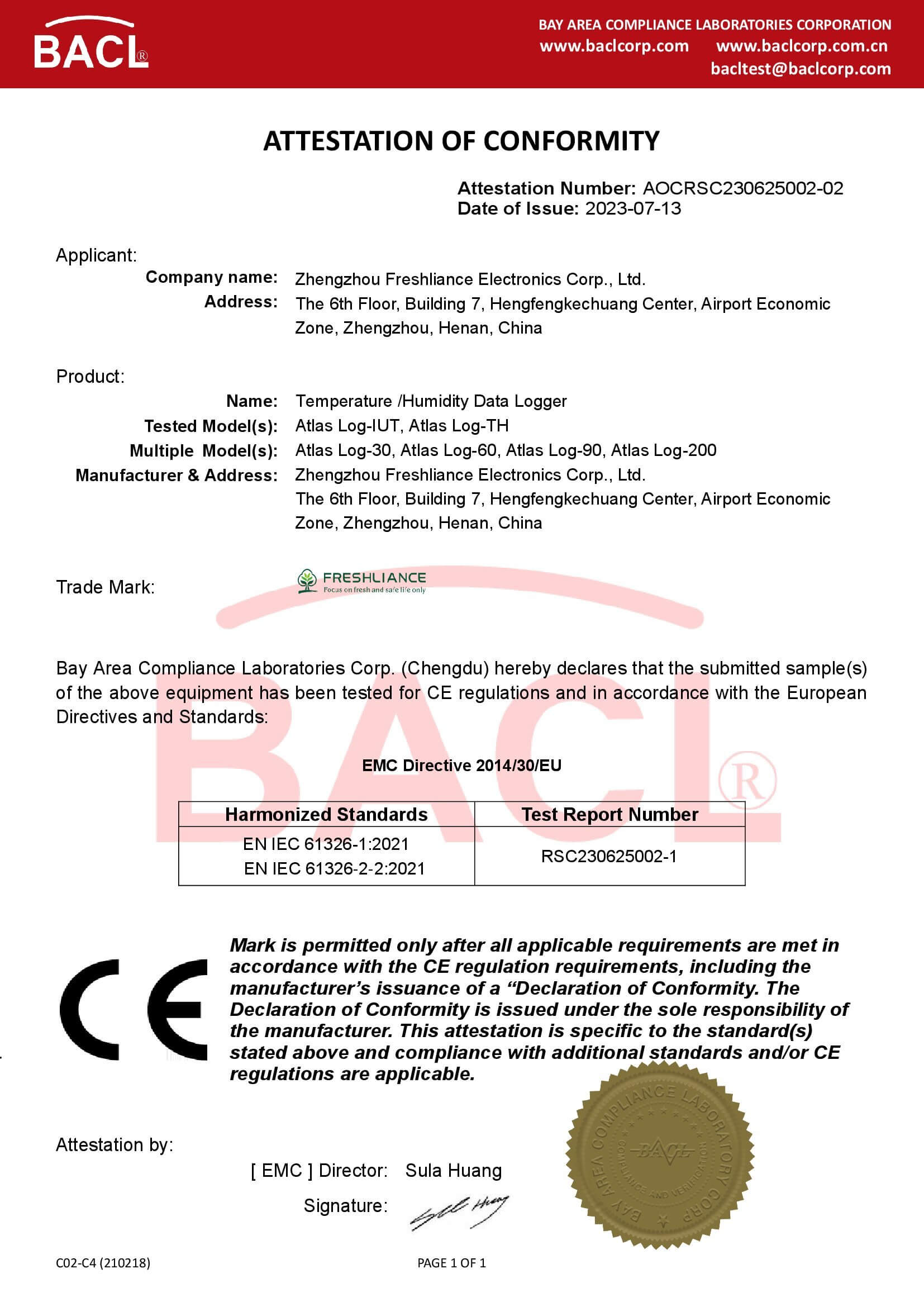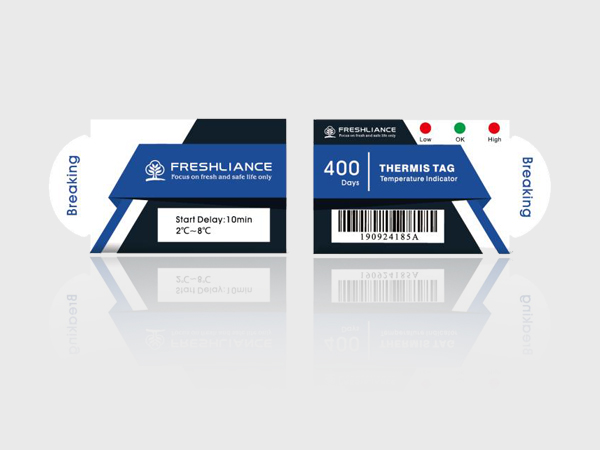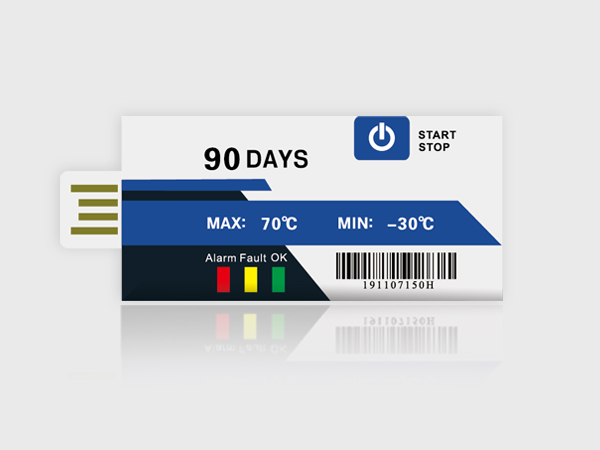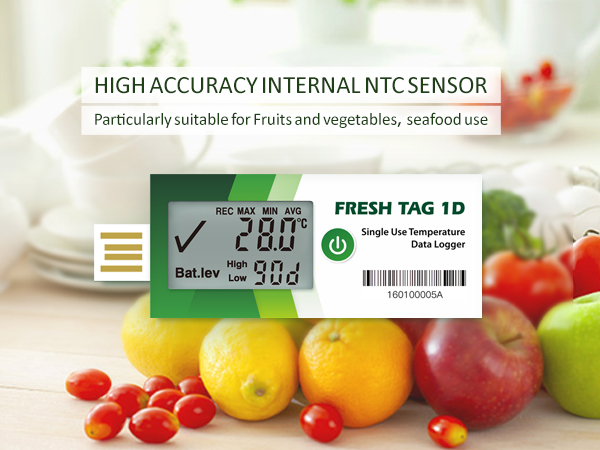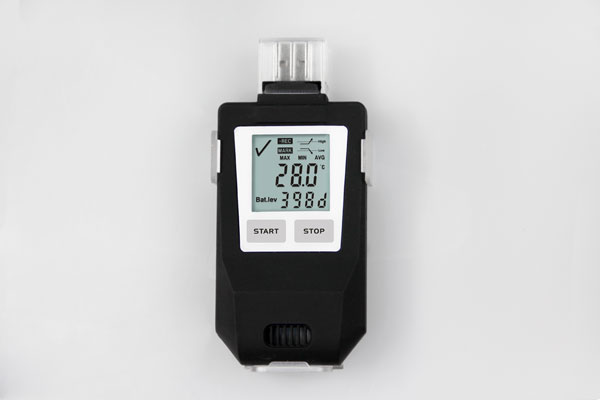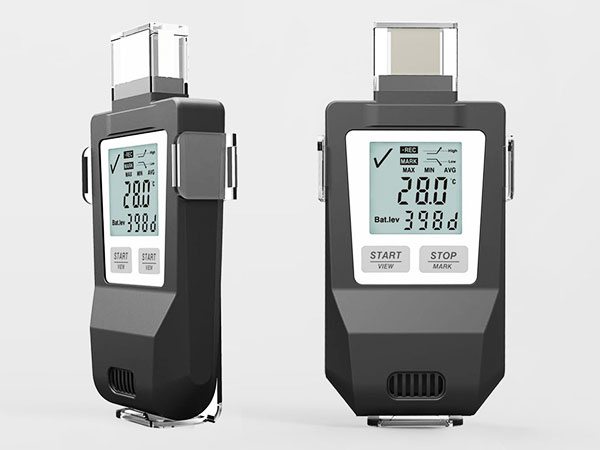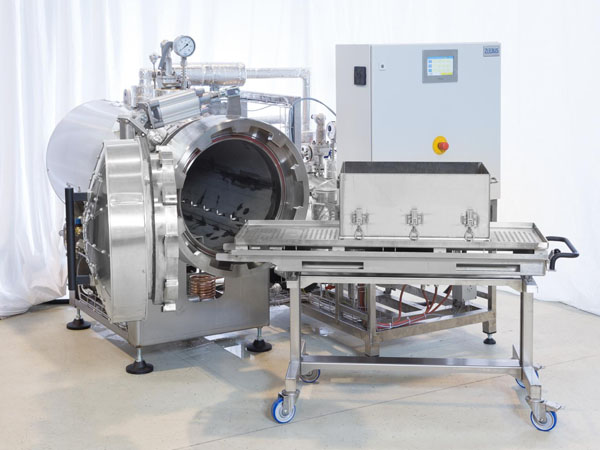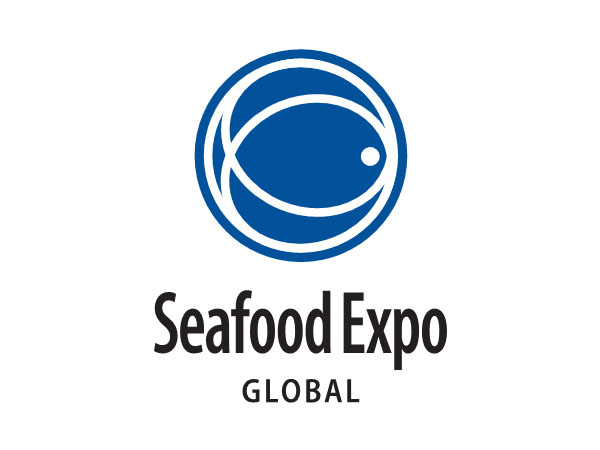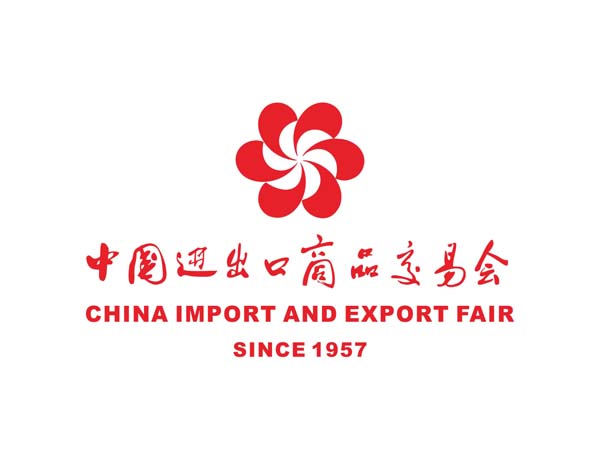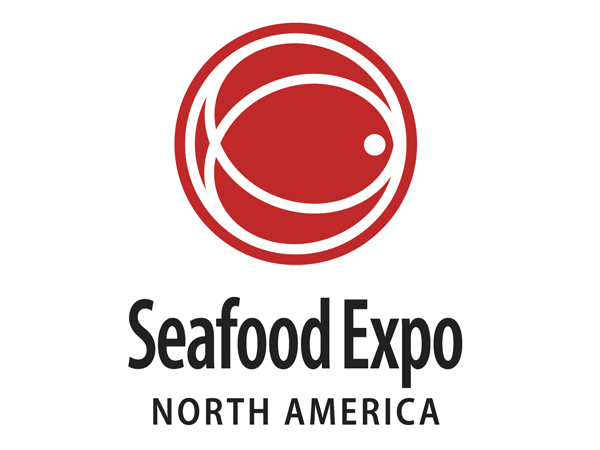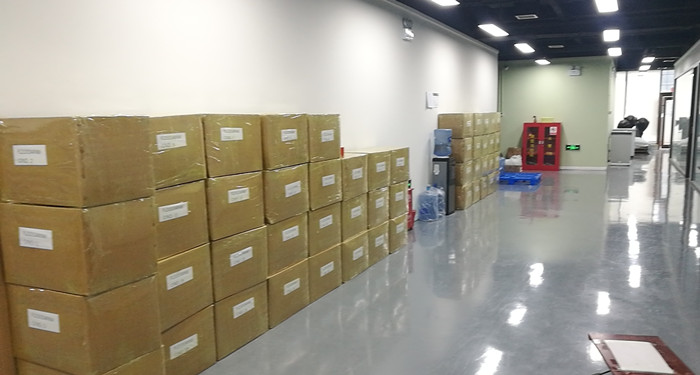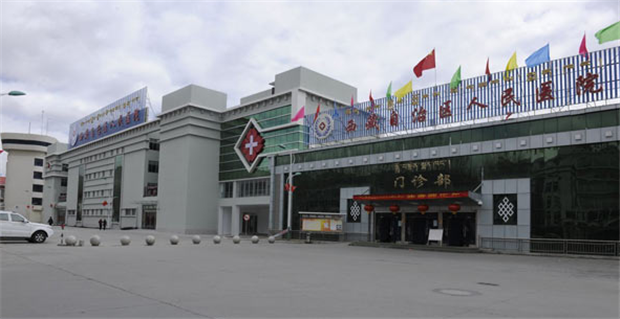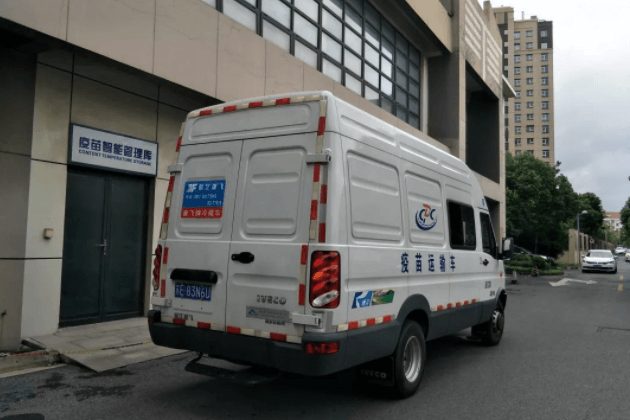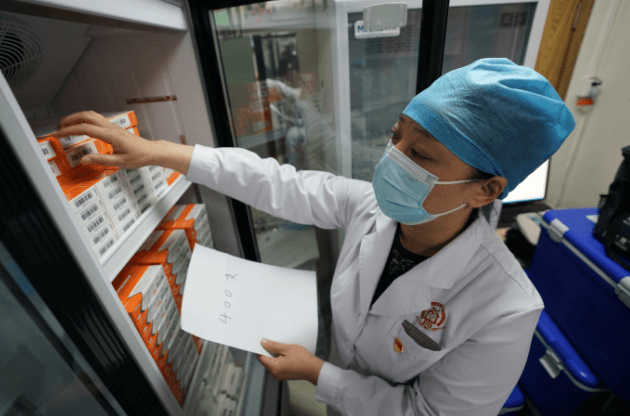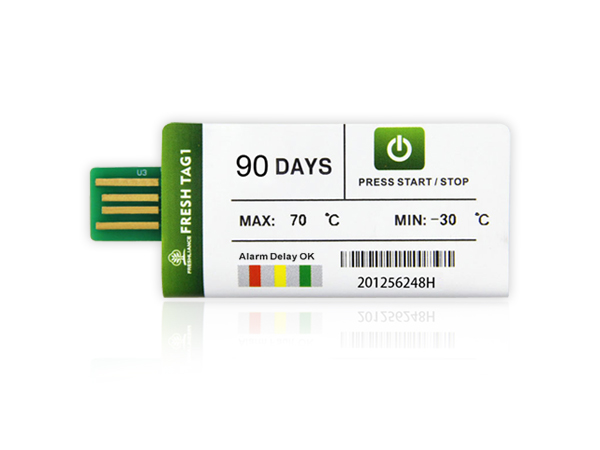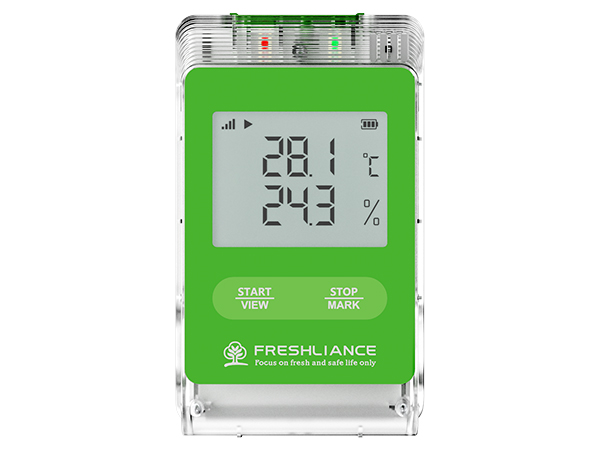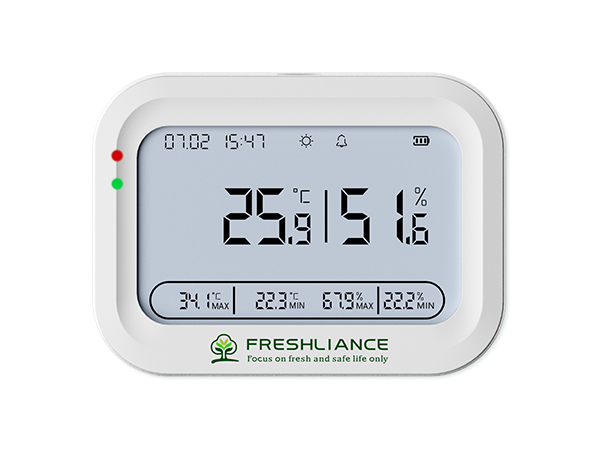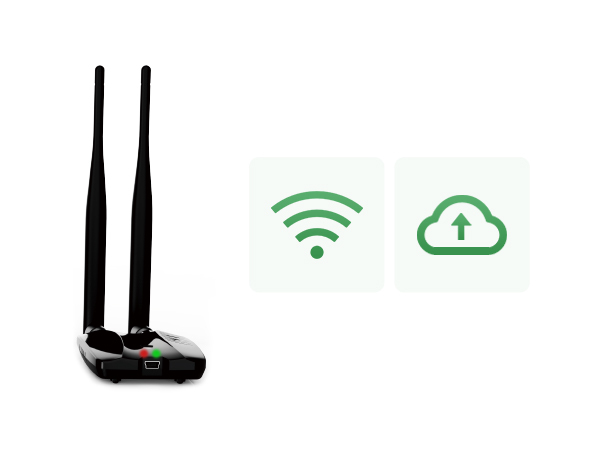The benefits of ultra-low temperature frozen for fish preservation Dry Ice Temperature Data Logger
In order to maximize ensure the quality and taste of frozen seafood, it is an important part to ensure an absolute suitable temperature during transportation and storage. If the temperature changes frequently or the goods is stored improperly, it is likely to cause seafood deterioration.
Frozen freshness generally refers to freezing seafood by rapid freezing, that is, use modern freezing technology to reduce the temperature of the seafood to a certain temperature below its frozen point in the shortest possible time, one of the way to maximize preserve the original natural quality of seafood. When it is properly used, it can kill bacteria and prevent bacteria from invading, and it is beneficial to the long-term preservation of seafood.

The advantage of ultra-low temperature frozen is that reduce the temperature of seafood to minus 60 degrees in the shortest time, and retain the freshness of seafood, without destroying the nucleus of fish and shrimp. Ship frozen is equipped with ultra-low temperature freezer on the boat to frozen seafood i time. Only fresh seafood can freeze high-quality seafood. If ice fresh seafood is stored in a common frozen temperature (-18 °C), it cannot guarantee the freshness of the seafood when it is received, so it’s better to use ultra-low-temperature boat frozen to keep the seafood in an ultra-low temperature to ensure its high quality.

Atlas Log-IUT Dry Ice Temperature Data Logger without an external probe can measure temperature from -90℃ to +70℃. This temperature data Logger is equipped with LCD screen, which can view real-time temperature data. Its capacity reaches Max. 35000 readings. Professional users can use the configuration software to configure parameters, and after completing the trip, an encrypted report can be automatically generated. It is an ideal choice for ultra-low temperature transportation and temperature monitoring solutions. It is widely used to record and monitor ultra-low temperatures in cold storage, cold chain transportation, and dry ice storage environment.


